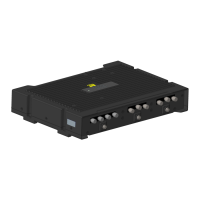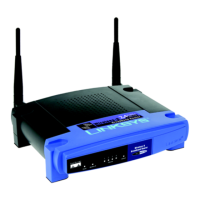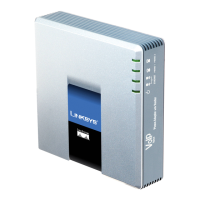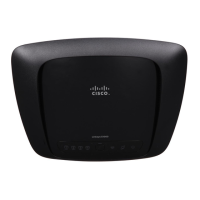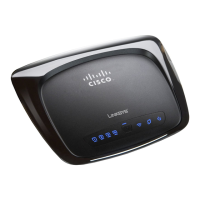40-15
Catalyst 3750 Switch Software Configuration Guide
OL-8550-02
Chapter 40 Configuring IP Multicast Routing
Configuring IP Multicast Routing
• Setting up Auto-RP in a New Internetwork, page 40-15 (optional)
• Adding Auto-RP to an Existing Sparse-Mode Cloud, page 40-15 (optional)
• Preventing Join Messages to False RPs, page 40-16 (optional)
• Filtering Incoming RP Announcement Messages, page 40-17 (optional)
For overview information, see the “Auto-RP” section on page 40-5.
Setting up Auto-RP in a New Internetwork
If you are setting up Auto-RP in a new internetwork, you do not need a default RP because you configure
all the interfaces for sparse-dense mode. Follow the process described in the “Adding Auto-RP to an
Existing Sparse-Mode Cloud” section on page 40-15. However, omit Step 3 if you want to configure a
PIM router as the RP for the local group.
Adding Auto-RP to an Existing Sparse-Mode Cloud
This section contains some suggestions for the initial deployment of Auto-RP into an existing
sparse-mode cloud to minimize disruption of the existing multicast infrastructure.
Beginning in privileged EXEC mode, follow these steps to deploy Auto-RP in an existing sparse-mode
cloud. This procedure is optional.
Command Purpose
Step 1
show running-config Verify that a default RP is already configured on all PIM devices and the
RP in the sparse-mode network. It was previously configured with the ip
pim rp-address global configuration command.
This step is not required for spare-dense-mode environments.
The selected RP should have good connectivity and be available across
the network. Use this RP for the global groups (for example 224.x.x.x
and other global groups). Do not reconfigure the group address range that
this RP serves. RPs dynamically discovered through Auto-RP take
precedence over statically configured RPs. Assume that it is desirable to
use a second RP for the local groups.
Step 2
configure terminal Enter global configuration mode.
Step 3
ip pim send-rp-announce interface-id
scope ttl group-list access-list-number
interval seconds
Configure another PIM device to be the candidate RP for local groups.
• For interface-id, enter the interface type and number that identifies
the RP address. Valid interfaces include physical ports, port
channels, and VLANs.
• For scope ttl, specify the time-to-live value in hops. Enter a hop
count that is high enough so that the RP-announce messages reach
all mapping agents in the network. There is no default setting. The
range is 1 to 255.
• For group-list access-list-number, enter an IP standard access list
number from 1 to 99. If no access list is configured, the RP is used
for all groups.
• For interval seconds, specify how often the announcement messages
must be sent. The default is 60 seconds. The range is 1 to 16383.
